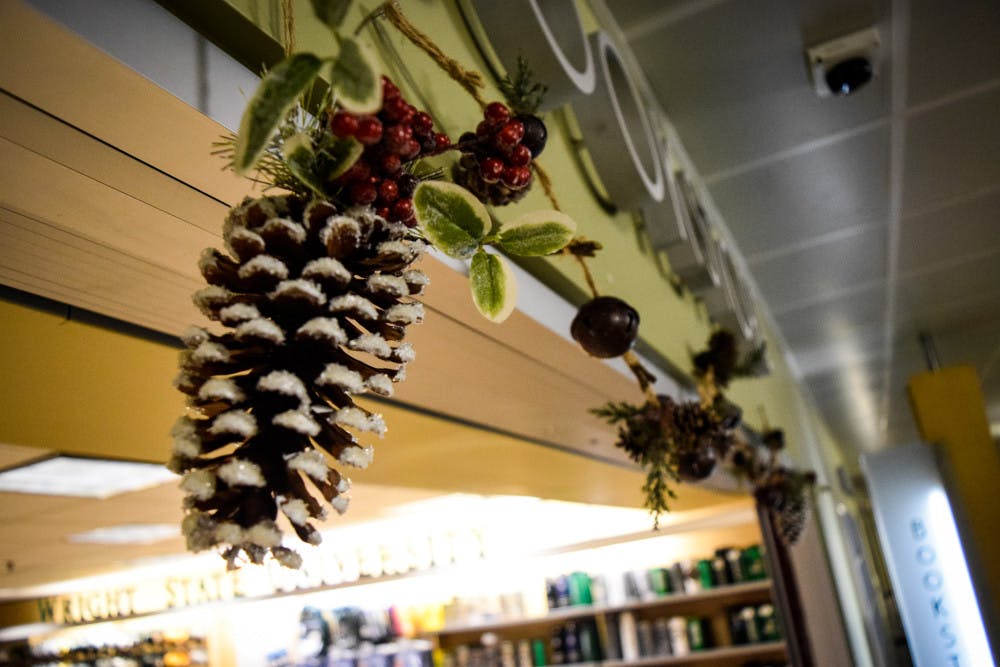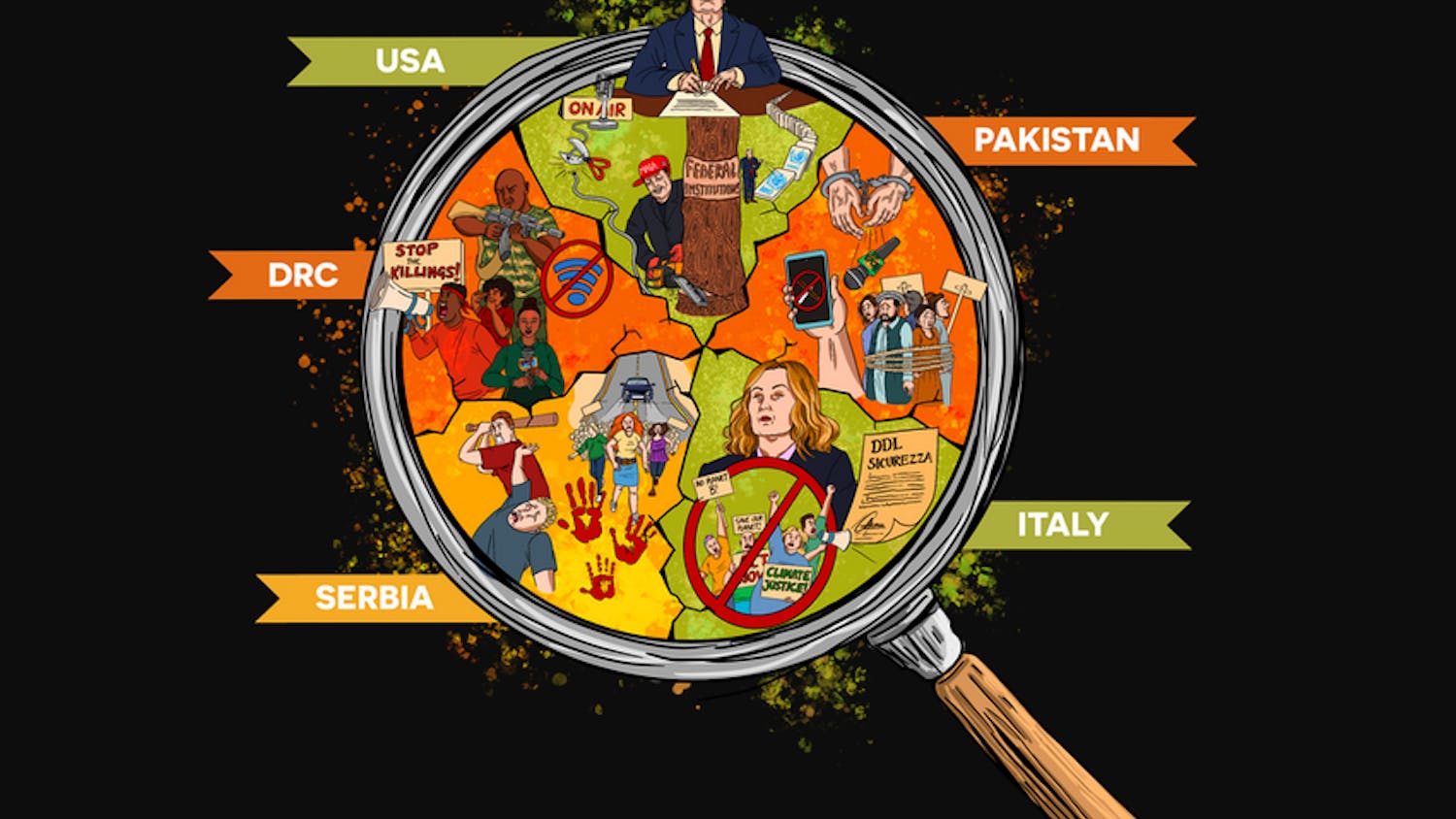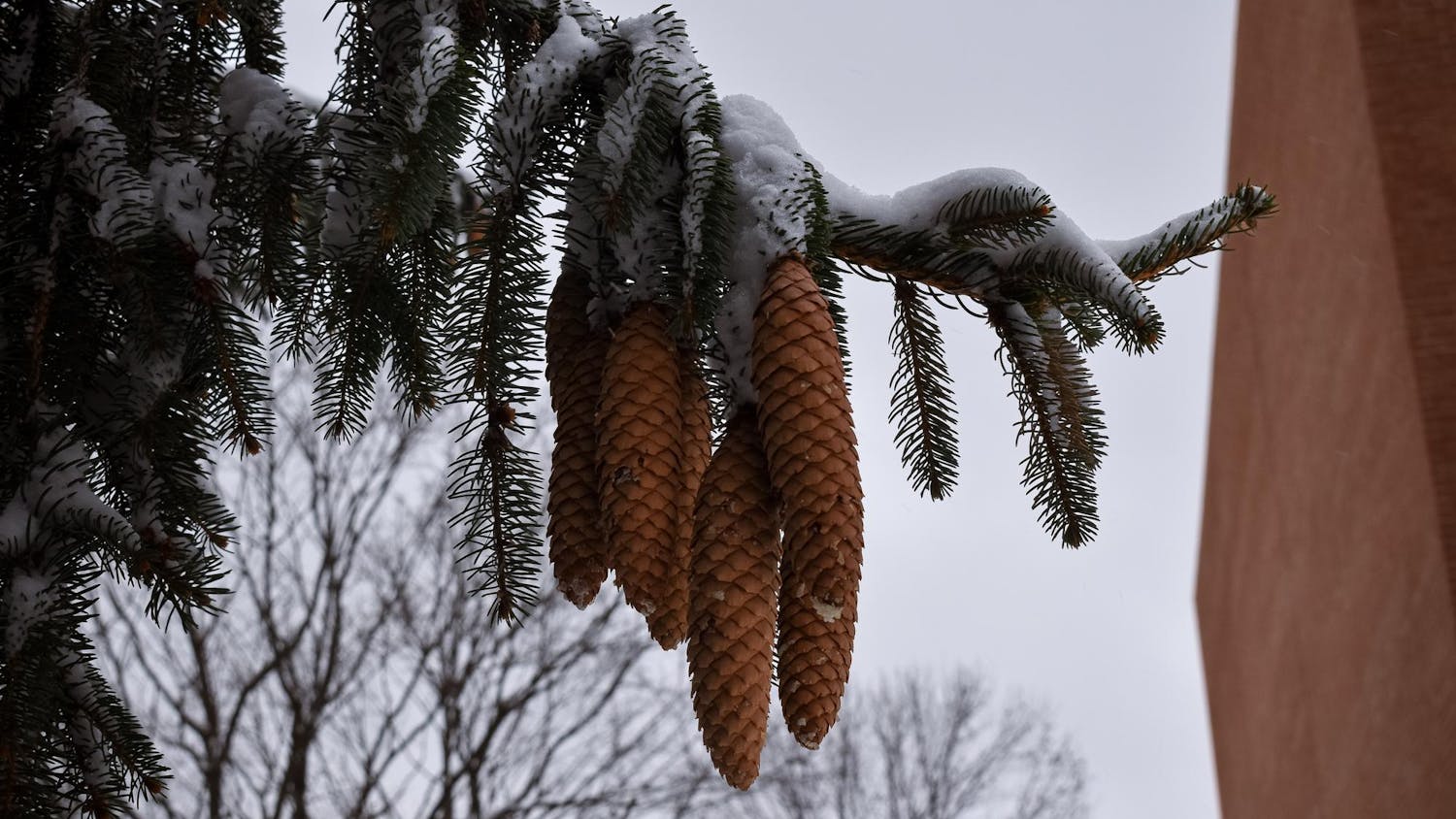Different religious and secular celebrations occur all through the month of December. Every family embraces their traditions around the holidays, but might not be aware of the history they are celebrating.
Hanukkah
Hanukkah is the Jewish celebration of the rededication of the second temple in Jerusalem. This came after Judaism was outlawed by the king.
The celebration began on Dec. 22 and continues through Dec. 30 this year.
Commonly referred to as the menorah is actually the hanukkiah, the candle fixture that holds the nine candles. Eight of them represent the nights of Hanukkah, while the ninth is used to light the others.
There are eight nights of Hanukkah because the original story tells that the Jewish soldiers only had enough oil to light a candle for the night, but it ended up lasting for eight days.

Kwanzaa
Kwanzaa is an African celebration of life, celebrated Dec. 26 until Jan. 1, the start of the New Year.
Each day of Kwanzaa represents a different principle, translated from Swahili. On each day, the families will get together and light one candle on the Kinara, followed by discussing the principle of the day.
The days in order are: unity (umoja), self-determination (kujichagulia), collective work and responsibility (ujamma), purpose (nia), creativity (kuumba) and the final day, faith (imani).
The kinara holds seven candles, a black one in the center, three red on the left and three green on the right. The first one to be lit is black, and then alternating with the red and green on the following days.
Christmas
Before Christmas, the celebration began as an acknowledgment of the Winter Solstice, the longest night of the year. This was a Pagan celebration. Due to the cold weather, many people were found celebrating indoors, knowing that the longest days were behind them.
It was later established that Dec. 25 was the anniversary of Jesus of Nazareth’s birth, even despite not actually knowing the certain date of his birth. It was believed that placing Christmas on the 25th day would encourage the absorption of the pagan holiday.
Western churches use a different calendar, a Gregorian Calendar, while eastern churches use the Julian Calendar, which is 13-14 days behind the Gregorian Calendar.
Greek and Russian orthodox churches celebrate Christmas 13-14 days after Dec. 25.
Both churches celebrate Epiphany or Three Kings Day 12 days after their own respective Christmases, which is the day believed that the three wise men visited Jesus in the manger.
Christmas wasn’t included as a federal holiday in American until 1870.












